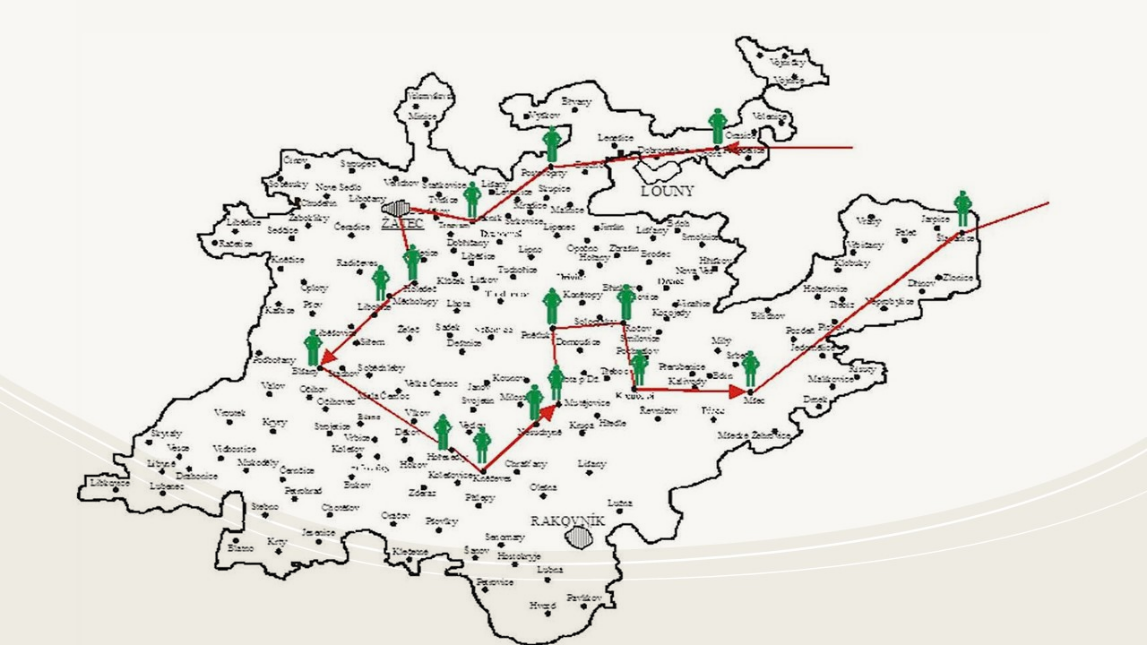Alpha acids content in Czech hops from the harvest of 2021 – forecast, reality, trends
DOI:
https://doi.org/10.18832/kp2022.68.564Keywords:
hops, alpha acids, Saaz hops, hybrid varieties, weather conditionsAbstract
From the brewing and commercial point of view, the content of alpha acids is one of the most important quality parameter of hops, which is subject to significant annual fluctuations. The established system for evaluating the content of alpha acids in Czech hops consists of pre-harvest and harvest predictions and a detailed analysis of reality based on the analysis of all purchasing lots of raw hops. It is differentiated according to varieties and hop growing areas. This article presents the results of the 2021 harvest, discusses the influence of weather conditions, the age of hop gardens and virus-free seedlings on the harvest results, and the relationship of predictions to reality. The average content of alpha acids in the majority Saaz variety in the Žatec, Úštěk and Tršice areas was 4.45, 4.20 and 3.36% by weight in the original respectively. In all areas, the alpha acids content has been significantly affected by the age of the hop growths. The total production of alpha acids in hops harvested in the Czech Republic in 2021 was 414.5 tons. The harvest is the highest in the last 25 years; the result is due to the combination of two factors, both high yield per hectare and high alpha acids content.
References
Brant, V., Krofta, K., Kroulík, M., Zábranský P., Procházka, P., Pokorný, J. (2020). Distribution of root system of hop plants in hop gardens with regular rows cultivation. Plant, Soil and Environment, 66(7), 317–326. https://doi.org/10.17221/672/2019-PSE
Chromý, Z. (2022). České chmelařství v přehledech ÚKZÚZ. Chmelařská ročenka 2022, 291–317. ISBN 978-80-86576-95-4.
CISTA [online]. https://eagri.cz/public/web/ukzuz/portal/trvale-kultury/statisticke-vystupy/uroda-chmele-nejvyssi-za-25-let.html [2022-02-07].
Donner, P., Pokorný, J., Ježek, J., Krofta, K., Patzak, J., Pulkrábek, J. (2020). Influence of weather conditions, irrigation and plant age on yield and alpha-acids content of Czech hop (Humulus lupulus L.) cultivars. Plant, Soil and Environment, 66(1), 31–46. https://doi.org/10.17221/627/2019-PSE
Analytica EBC (2010). Method 7.4 - Lead Conductance Value of Hops, Powders and Pellets and method 7.7 - α- and β-Acids in Hops and Hop Products by HPLC. Fachverlag Hans Carl, Nürnberg. ISBN 978-3-418-00759-5
Forster, A., Schüll, F. (2020). The impact of climate change on hops. Brauwelt International, 2020/III, 174–178.
Gahr, A., Forster, A. The Saaz hop variety – how great is the influence of climate and growing region. Hopfen-Rundschau International 2020/2021, 38–44.
HRI [online]. http://www.chizatec.cz/predskliznove-odbery/?arc=291 [2022-02-07].
HRI [online] 1 . http://www.chizatec.cz/?arc=163&sub=92 [2022-02-07].
Krofta, K., Klapal, I., Šnidlová, J., Brynda, M., Tichá, J. (2015). Evaluation of qualitative indicators of Czech hops from the harvest of 2015. Chmelařství, 89, 5–12.
Krofta. K., Klapal. I., Šnidlová. J., Brynda. M., Tichá. J. (2016). Evaluation of qualitative indicators of Czech hops from the 2015 harvest. Chmelařství, 89, 5-12 (in Czech).
Krofta, K., Mikyška, A., Jurková, M., Mravcová, L., Vondráčková, P. (2017). Determination of bitter compounds in hops - effect of crop year and hops age. Kvasny prumysl, 63(5), 241–247. https://doi.org/10.18832/kp201725
Krofta, K., Mikyška, A., Tichá, J. (2012). Year prognoses of the alpha acids contents in Czech hops. Kvasny prumysl, 58(9), 256–263. https://doi.org/10.18832/kp2012024
Kučera, J., Krofta, K. (2009). Mathematical model for prediction of yield and alpha acids contents from meteorological data for Saaz aroma variety. Acta Horticulturae, 848, 131–139. https://doi.org/10.17660/ActaHortic.2009.848.14
Meloun, M., Militký, J. (1994). Statistical processing of experimental data. Plus, Praha. ISBN 80-85297-56-6
Mikyška, A., Belešová, K., Tichá, J. (2021). Analysis and prognosis of bitter acids content in Czech hop varieties – year 2020 and long-term comparisons and trends. Kvasny prumysl, 67(4), 474–483. https://doi.org/10.18832/kp2021.67.474
Nesvadba, V., Polončíková, Z., Henychová, A., Krofta, K., Patzak, J. (2012). Czech hop varieties. Chmelařský institut Žatec. ISBN 978-80-87357-11-8.
Patzak, J., Henychová, A., Krofta, K., Svoboda, P., Malířová, I. (2021). The influence of hop latent viroid (HLVd) infection on gene expression and secondary metabolite contents in hop (Humulus lupulus L.) glandular trichomes. Plants, 10(11), 2297. https://doi.org/10.3390/plants10112297

Downloads
Published
How to Cite
Issue
Section
License
Copyright (c) 2022 Karel Krofta, Gabriela Fritschová, Alexandr Mikyška, Klára Belešová, Dagmar Vojtěchová, Jana Tichá

This work is licensed under a Creative Commons Attribution 4.0 International License.







